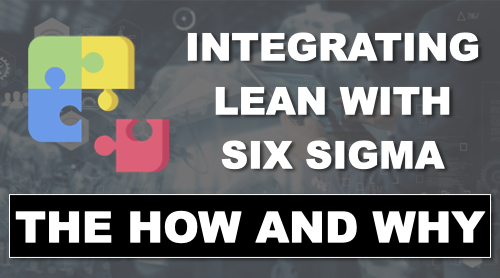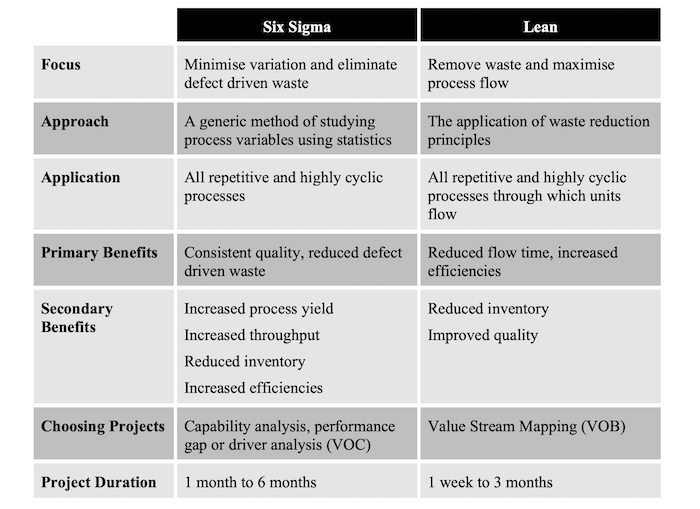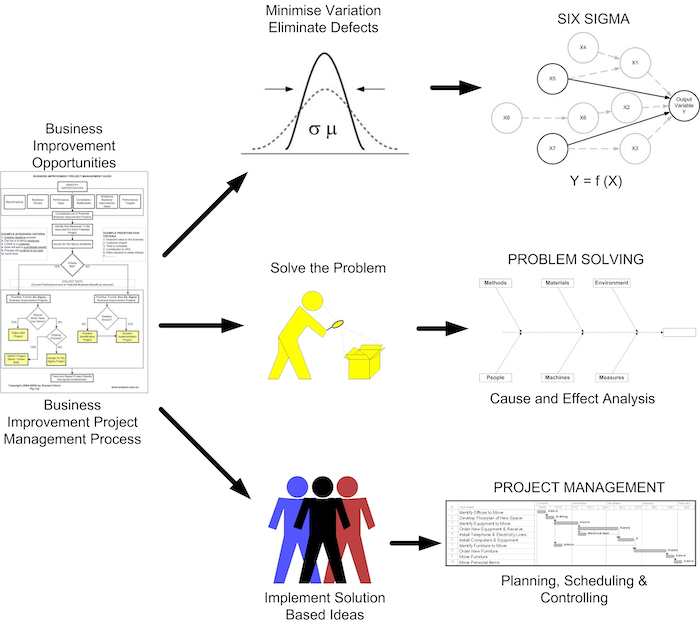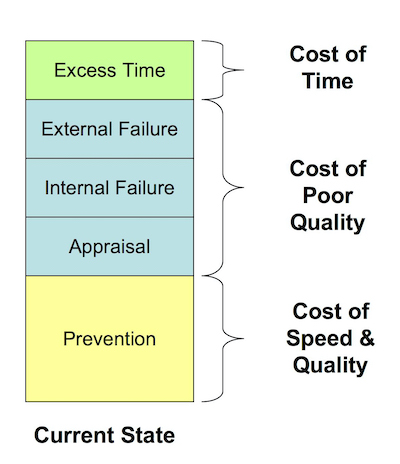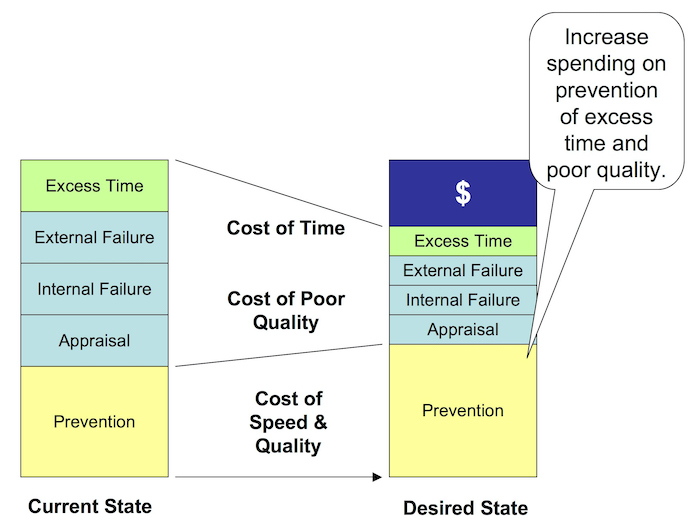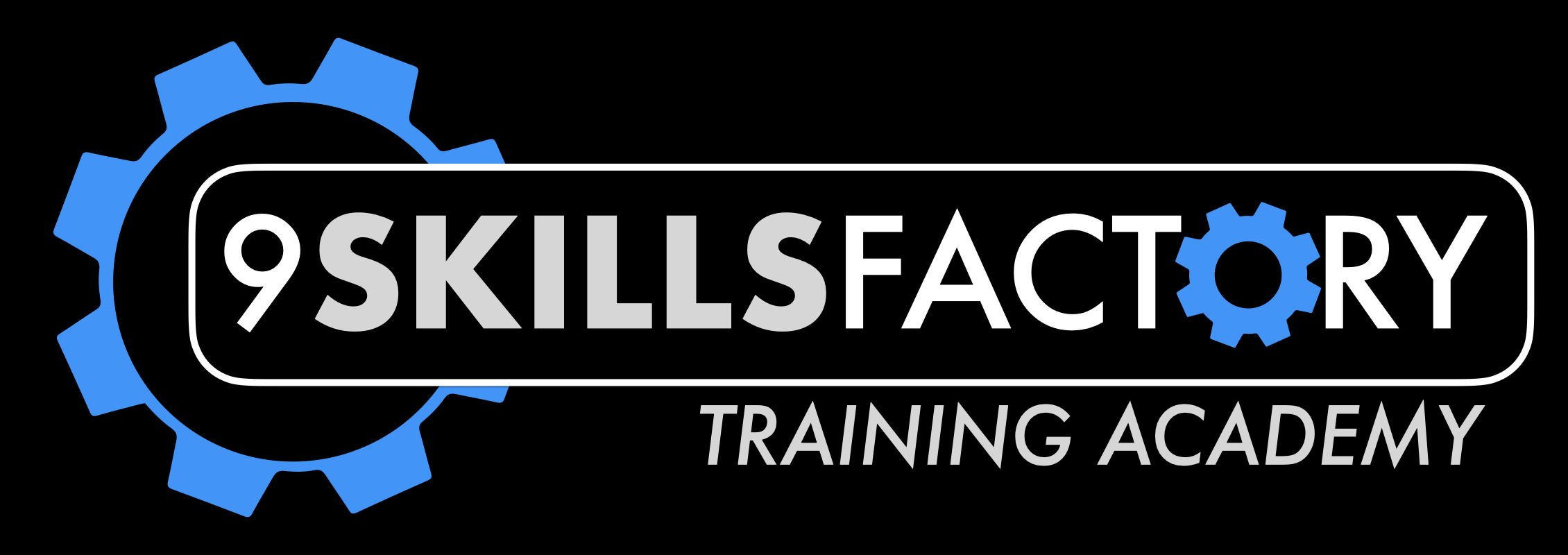© 2019-2025 by George Lee Sye (Soarent Publishing ABN: 89699416331) - All Rights Reserved; no part of this publication and the publications provided in this product may be reproduced, stored in a retrieval system, or transmitted in any form or by any means, electronic, mechanical, photocopying, recording, or otherwise [except as required for the use of the purchaser of this product to complete the training course for which this is an accompaniment] without either the prior written permission of the copyright owner or a license permitting restricted copying issued by the copyright owner. This publication and the publications provided in this product may not be lent, resold, hired out or otherwise disposed of by way of trade in any form of binding or cover other than that in which it is published, without the prior consent of the copyright owner.
